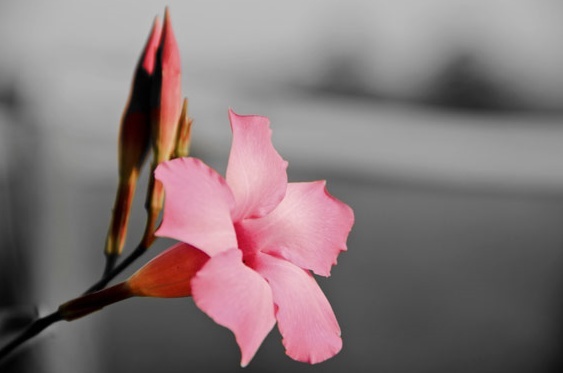
When it’s extra low, you see a flat image where no elements in the frame stand out. When it’s extra high, you see a stark image, where all tones, regardless of color, are either very dark or very light. That’s why it’s always better to get the correct exposure (one that’s sufficiently bright) when you first take the photo.Īdjusting contrast: Contrast is the range of dark to light tones. Note that “noise” (a mottled look) can sometimes be introduced when you crank up the brightness. In addition, many have both a “temperature” and a “tint” slider that you can fiddle with to fine-tune the overall lighting cast on an image.Īdjusting exposure: This is the process of making the photo exactly as bright or dark as you want. Most editing programs let you pick from preset modes like “flash,” “daylight” or “cloudy” to better calibrate the image for the lighting conditions when it was shot. Note that JPG files, because they capture far less digital data than RAW files, offer a minimal amount of white balance adjustment during editing. If your image has an overall color tone that you find displeasing or unnatural, you can adjust white balance to fix it. White balance relates to color levels, not exposure levels. Work your way methodically around your photo until you have a spot-free image. Programs also let you change your view of a photo to highlight the location of spots.

The name varies: “clone stamping” and “spot healing” are two variations.

Most editing programs have a spot-removing tool. (Using a lens brush regularly in the field cuts down on this.) Spot-clean images: The outdoors is a dusty place and nature’s gritty elements have a way of finding their way onto your camera lens, and then onto your photos. Straighten images: It’s always better to pay attention to be sure your horizon is horizontal when you shoot, but straightening is also an easy first editing step.Ĭrop images: It’s best to crop to improve minor compositional details, like distracting elements at the edge of the frame or repositioning your subject slightly.
Foto photo effect studio clonar color how to#
You should also be certain your editing program can work with RAW images.) To start learning how to get the best shots, consider taking a hands-on photography course. Read Understanding Your Camera to learn more about RAW vs. (You’ll also want to consider shooting in RAW image format for the greatest editing control. The easiest photos to edit, of course, are ones taken by a skilled photographer who takes time to get exceptional shots in the field. You don’t have to do all of the basic editing steps on every image, but the steps you choose to do should be done in the order listed.
Foto photo effect studio clonar color software#
Advanced editing software will offer these basic tools and will also include refinements that allow you to do more sophisticated editing that’s outside the scope of this article. The basic photo editing techniques should be available in even simple editing programs, and each can enhance your images to make them more powerful and shareworthy. Here are the key steps for editing your photos: You'll also find things to think about before you begin editing at the end of this article. The steps below will get you started on the photo editing process right away.

Once you’ve got the hang of understanding your camera, exposure basics and how to compose a great photo it’s time to learn a few photo editing essentials to put the finishing touches on your artistic vision. Previous Article Photo Composition: Seven Tips to Take Better Photos


 0 kommentar(er)
0 kommentar(er)
